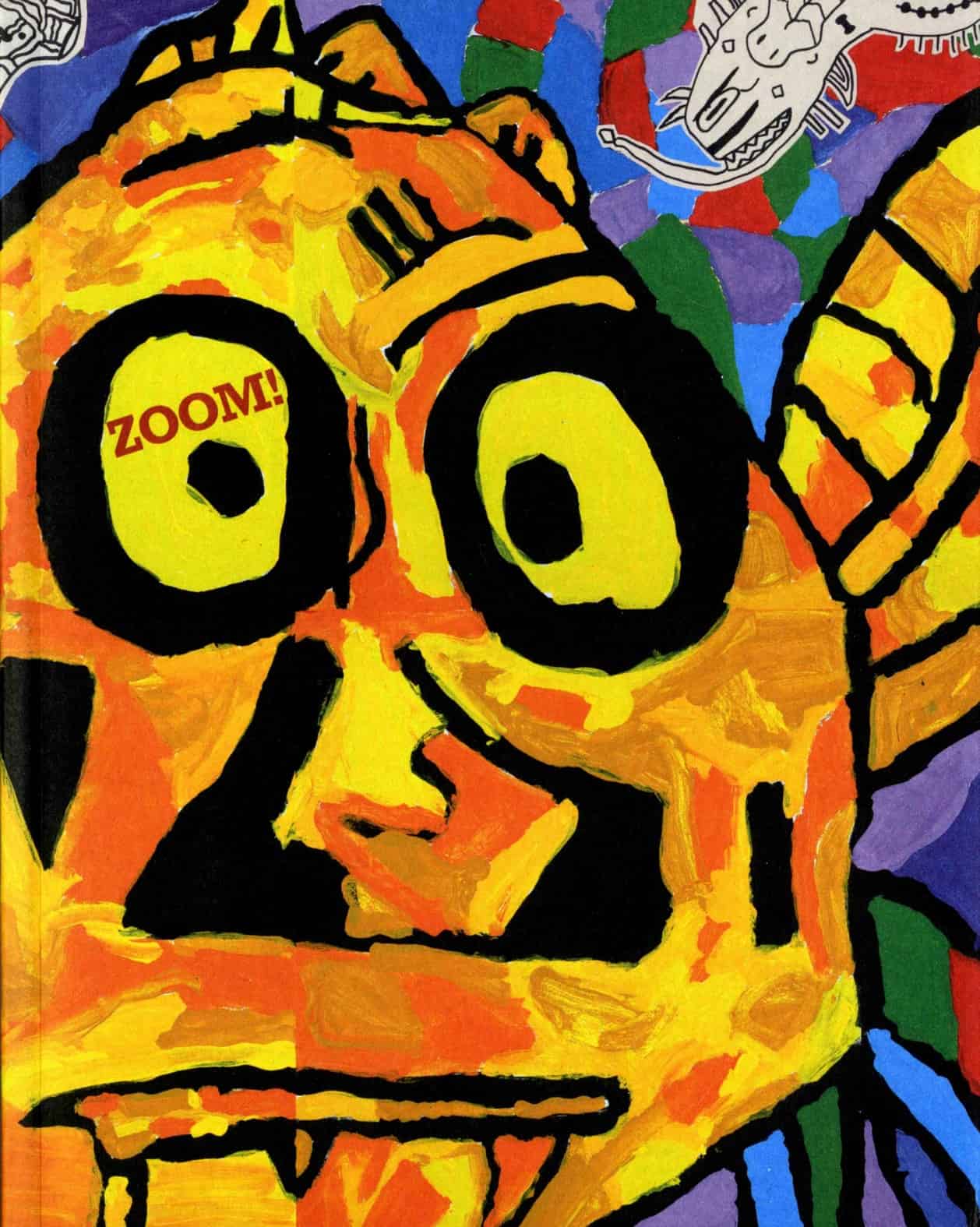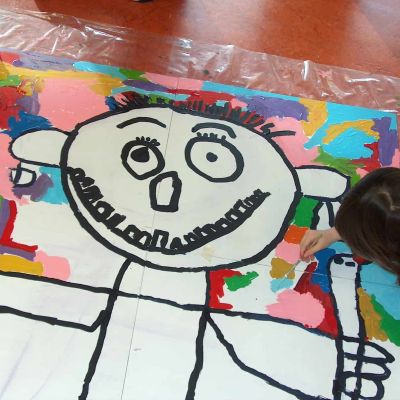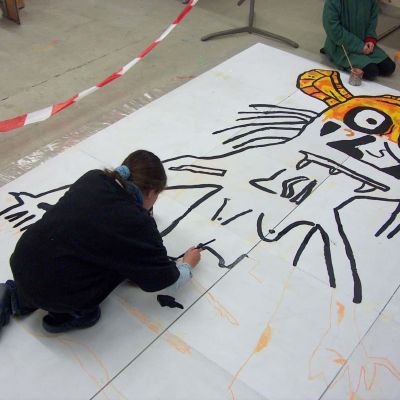HELENEUM – LUGANO
The exhibition accompanies the MUSEC public in the discovery of the ways in which the world of children describes the theme of changes in the size and proportion of objects – in short, their “miniaturisation” and their “megalisation” – as strategies that men adopt in all cultures, in different ways, to understand and control the world. A complex concept that, understood in an anthropological sense, constitutes a novelty for the elaboration of an educational and artistic project – exploring its various meanings and values and the different areas in which it manifests itself: from ritual sculptures to toys, from architecture to literature, from souvenirs to works of art.

Over a period of six months, children from three primary school classes in Lugano (Probello and Lambertenghi) and two kindergarten classes (Barbengo and Gemmo), accompanied by teachers and educational staff, explored at length the concepts and meanings of ‘miniaturisation’ and ‘megatrialisation’ through a series of visits to the museum and in-depth discussions in the classroom. The topics covered unconsciously proved to be very close to the children’s experience. The relationship with the ‘small’ and the ‘big’ is, in fact, a concrete and constant part of their daily lives: their school desks, their clothes, the furniture in their bedrooms and, in a sense, their own classmates, are ‘miniatures’ that are constantly before their eyes.
In their miniature world, that of their games and virtual worlds, children feel at ease and can move with greater peace and freedom than in the adult world. The inspiration for the work, in addition to objects known to the children and already commonly used by them (globe, souvenirs, soft toys), were the ethnic works of art in the museum, in particular, the huge ceremonial chariot (ratha) used in India to carry the sculptures of the gods in procession, but also the small sculptures depicting ancestors and the huge hut mask from the Sepik River area (New Guinea), the large representations of yam spirits from the Maprik Hills (New Guinea) and many other examples observed, discussed and then reproduced in detail by the children.
At the end of the educational journey, the kindergarten children created a collective work: an enormous coloured rain shower falling on the Ulilus, a propitiatory spirit of weather phenomena once worshipped by the cultures of New Ireland – which fascinated them so much during their visit to the museum and which they enjoyed reproducing, magnifying it.
The three primary school classes, on the other hand, created three ‘megalithic’ paintings, the result of collective work, which enabled the children to understand not only the theme of the project, but also the importance of openness, collaboration and mutual help, fostered by the need to build something ‘big’. The individual work that led to the creation of a miniature painting, on the other hand, led the children to delve into their own imagination, into their own inner world, enclosing a very small part of it, but one that strongly characterises each individual child, in a 10 x 10 cm square of cardboard. The exhibition, set up on the ground floor of the MUSEC, in addition to the works created by the children, displays some of the Museum’s significant works and presents a series of images that contextualise the work, illustrating its educational path.
The Dèibambini project was founded in 2005 as a platform for interaction between the museum and the school. In its first ten years, the project allowed children to engage with different themes, with the aim of increasing their awareness of their own potential and inner vision and strengthening their ability to interpret the world. Since 2022, the starting point has been the works of children from the past. The idea is to build a bridge between the children’s creativity of yesterday and today, through the in-depth exploration of expressive content that not only interconnects cultures, but has served as an extraordinary source for the renewal of artistic languages in the 20th century. A solid bridge, full of poetry, to connect the generations.




